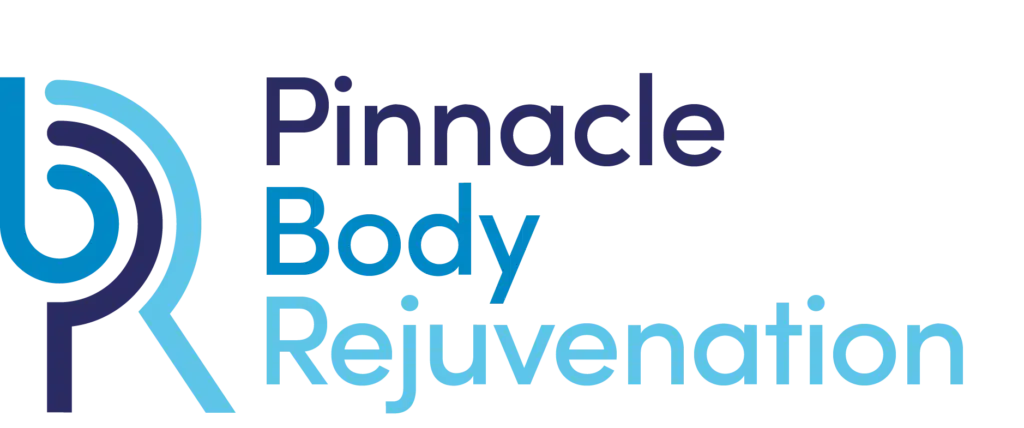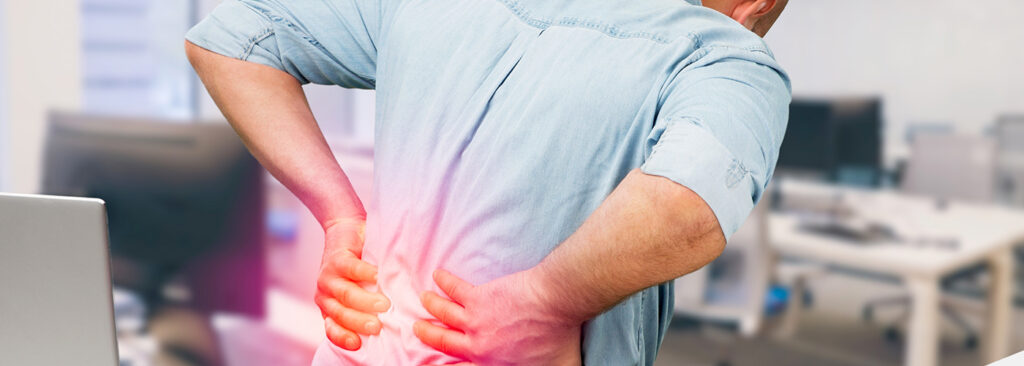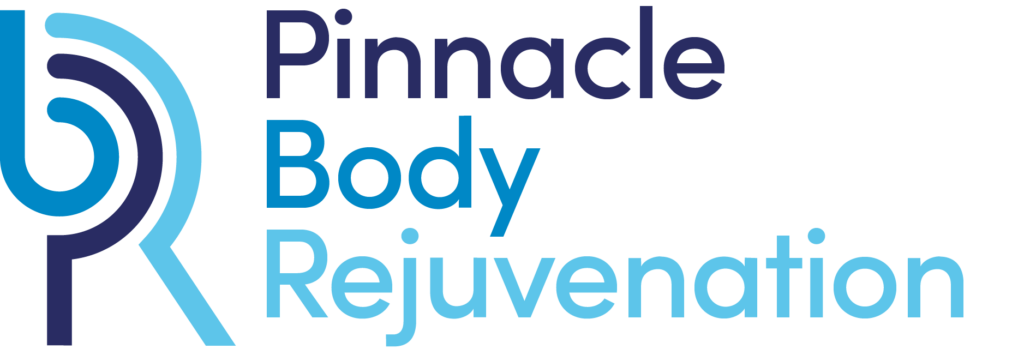Lower back pain is a common occurrence in the general population. Multiple reasons exist for pain throughout the (lower back) lumbar region.
Symptoms
Sports, heavy lifting, or sudden movements commonly cause acute (sudden) pain.
A strained (pulled) muscle is the most common cause of acute back pain, which will often subside within a couple of days (NHS.uk, 2017).
Other common conditions such as Sciatica (trapped nerve), Spondylolisthesis (slipped disc), Spondylolysis (Stress fracture) may cause weakness, pain, numbness and tingling sensations, often referring down into the legs.
Chronic (Persistent) pain usually is indicative of an underlying issue. If you still have pain after three days, please consult a medical professional.
If you have back pain after an injury or fall or have any of the following symptoms:
• Fever, chills, or night sweats
• Weight loss
• Pain at night
• Constant pain even when lying down
• Pain is worse when coughing, sitting
• Pain radiates below the knee
• Incontinence (Unintentionally passing urine)
• Saddle anaesthesia (reduced sensation in the area that would be in contact with a
saddle if sitting on one)
• progressive neurological deficit develops (leg weakness)
• Pain is preventing day-to-day activities
(Della-Giustina, 2013)
How to deal with it?
The lower back is put through so much stress daily as it is at the centre of the body and
connected to so many different forms of tissue. A great way to improve lower back pain is to
release tension from the surrounding tissues. Evidence from Torres et al. (2012) shows
that massage positively reduces soreness and increases the rate of muscle recovery.
Increasing movement and mobility in the hip joints through dynamic stretches (e.g., frog
pose, hip 90/90’s) alongside core stability exercises (e.g., abdominal hollowing, Quadruped
alternative arm and leg raise) as these will help to strengthen the surrounding muscles and
relieve lower back pain (Kim & Yim, 2020).
References
Della-Giustina, D. (2013) Acute Low Back Pain: Recognizing the “Red Flags” in the Workup
[Online]. Consultant360. Available from: <https://www.consultant360.com/article/acute-
low-back-pain-recognizing-%25E2%2580%259Cred-flags%25E2%2580%259D-workup>
[Accessed 30 November 2022].
Kim, B. & Yim, J. (2020) Core Stability and Hip Exercises Improve Physical Function and Activity in
Patients with Non-Specific Low Back Pain: A Randomized Controlled Trial. The Tohoku
Journal of Experimental Medicine, 251 (3), pp. 193–206.
NHS.uk (2017) Back Pain [Online]. NHS.uk. Available from: <https://www.nhs.uk/conditions/back-
pain/> [Accessed 30 November 2022].
Torres, R., Ribeiro, F., Alberto Duarte, J. & Cabri, J. M. H. (2012) Evidence of the
Physiotherapeutic Interventions Used Currently after Exercise-Induced Muscle Damage:
Systematic Review and Meta-Analysis. Physical Therapy in Sport, 13 (2) May, pp. 101–114.


